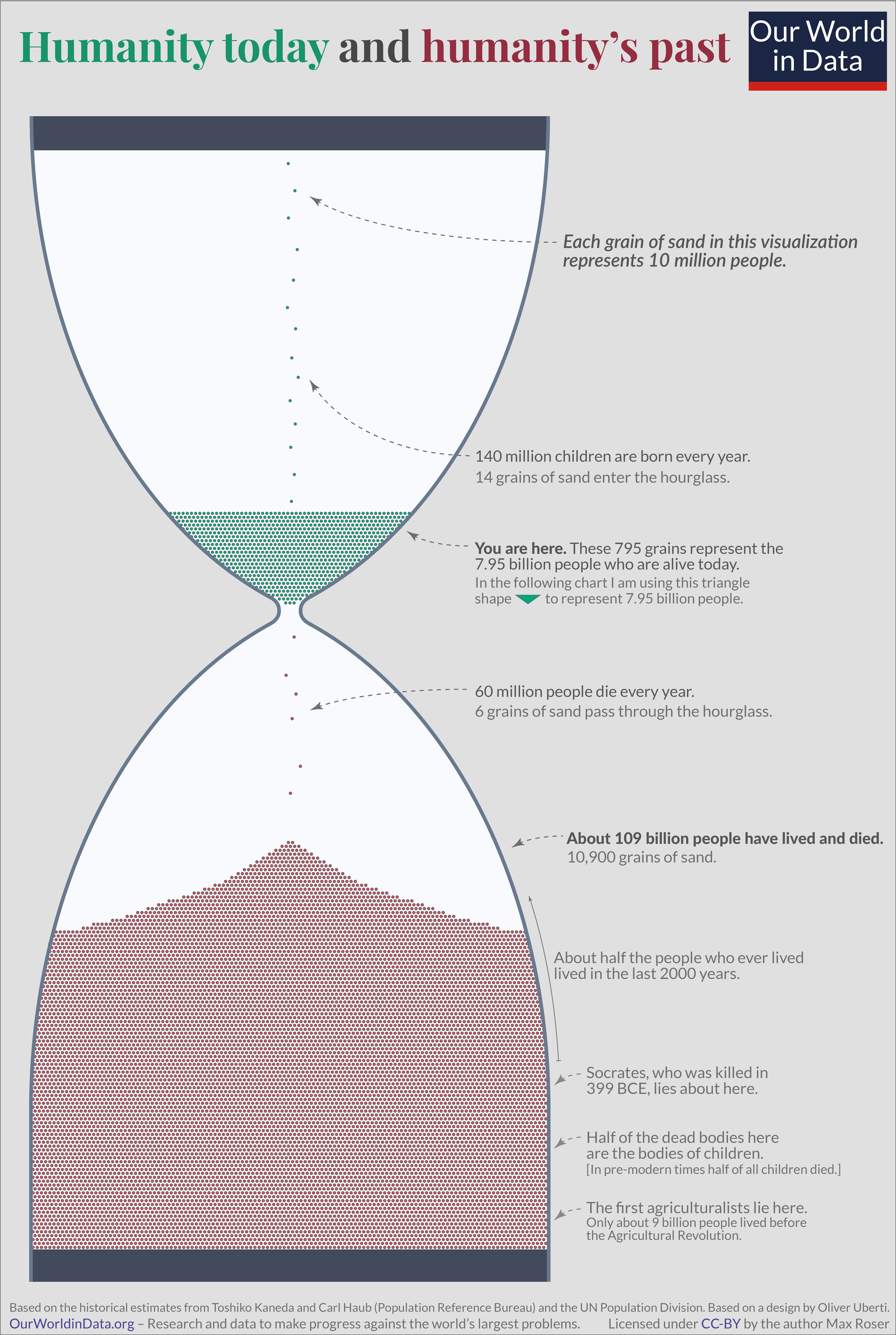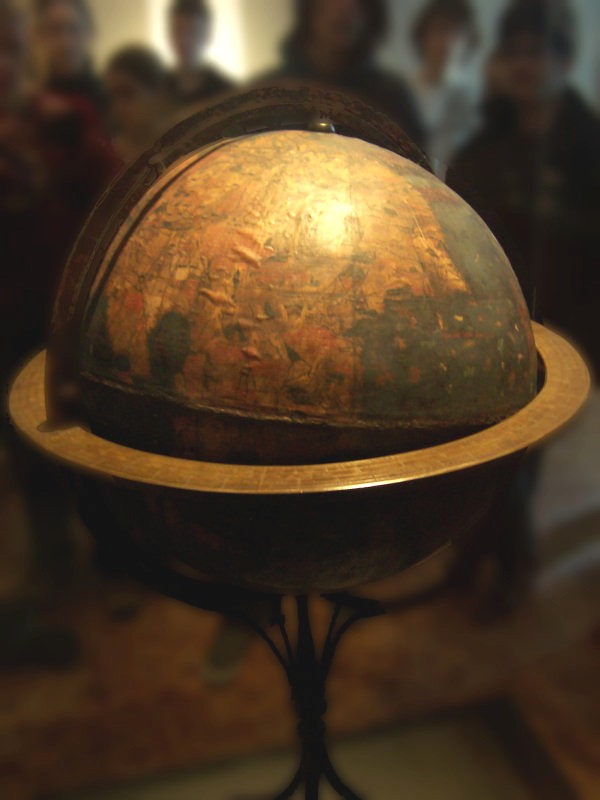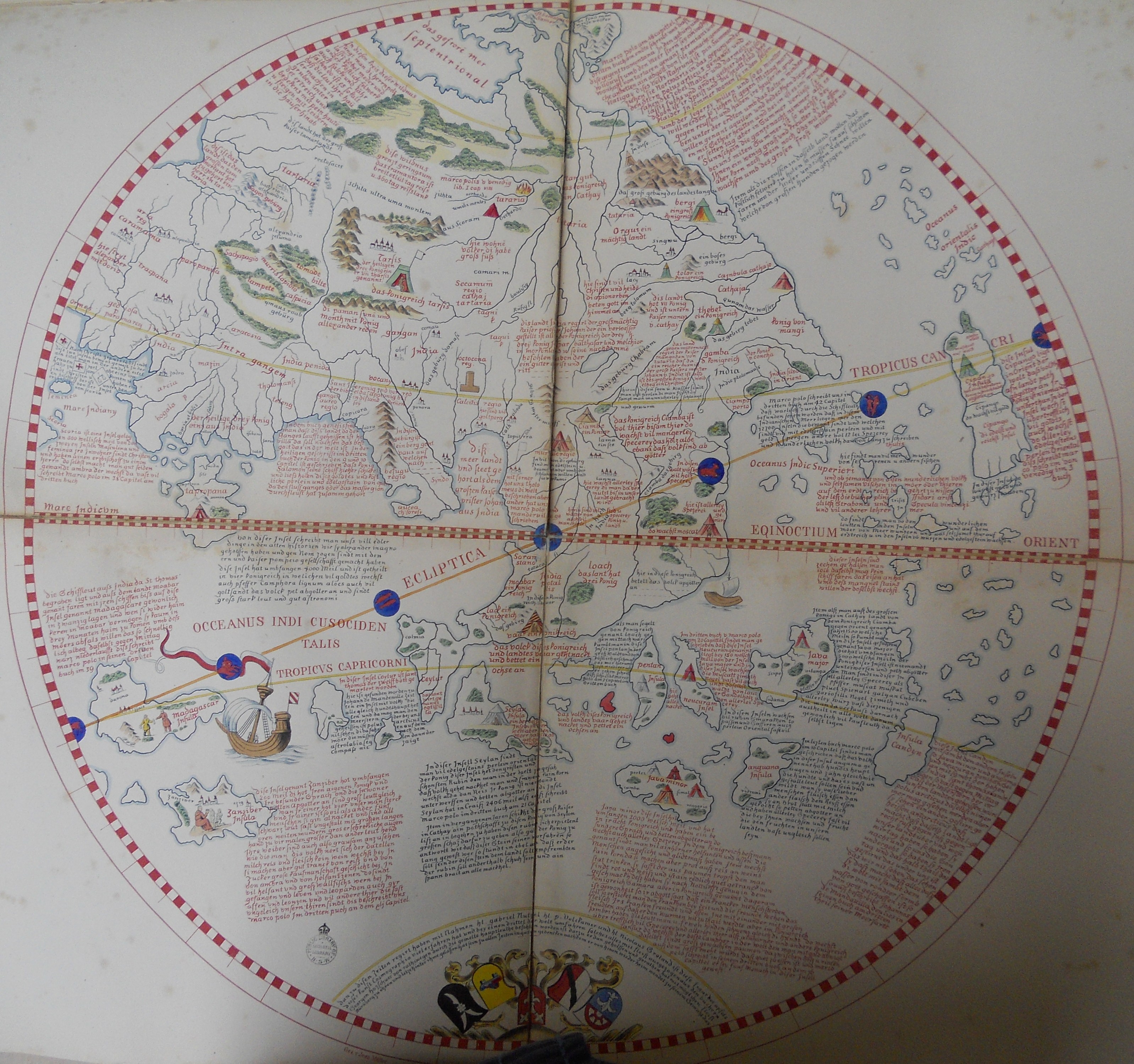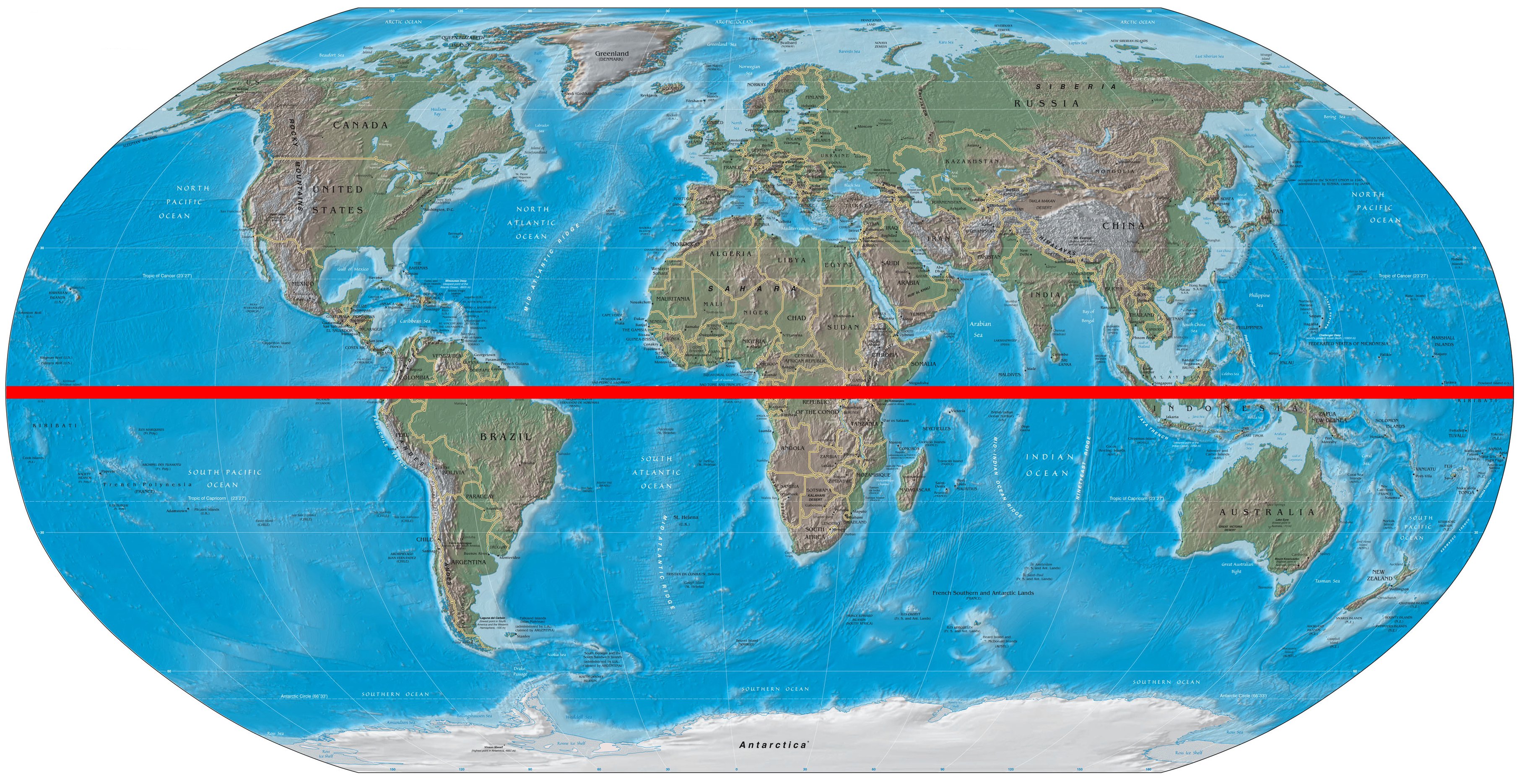|
Ernst Georg Ravenstein
Ernst Georg Ravenstein (Ernest George) (30 December 1834 – 13 March 1913) was a German-English geographer and cartographer. As a geographer he was less of a traveller than a researcher; his studies led mainly in the direction of cartography and the history of geography. Ravenstein was born in Frankfurt am Main, Germany, to a family of cartographers. He spent most of his adult life in England in a house at Lorn Road, Lambeth, but he died in Germany, his country of birth, on 13 March 1913. Work on geography When he was 18 years old he became a pupil of Dr. August Heinrich Petermann. After moving to England, Ravenstein became a naturalised British Subject and was in the service of the Topographical Department of the British War Office for 20 years, from 1855 to 1875. A long-serving member of the councils of the Royal Statistical and Royal Geographical Societies, he was also Professor of Geography at Bedford College in 1882–83. He was the first to receive the Victoria gol ... [...More Info...] [...Related Items...] OR: [Wikipedia] [Google] [Baidu] |
Frankfurt
Frankfurt, officially Frankfurt am Main (; Hessian: , " Frank ford on the Main"), is the most populous city in the German state of Hesse. Its 791,000 inhabitants as of 2022 make it the fifth-most populous city in Germany. Located on its namesake Main River, it forms a continuous conurbation with the neighboring city of Offenbach am Main and its urban area has a population of over 2.3 million. The city is the heart of the larger Rhine-Main metropolitan region, which has a population of more than 5.6 million and is Germany's second-largest metropolitan region after the Rhine-Ruhr region. Frankfurt's central business district, the Bankenviertel, lies about northwest of the geographic center of the EU at Gadheim, Lower Franconia. Like France and Franconia, the city is named after the Franks. Frankfurt is the largest city in the Rhine Franconian dialect area. Frankfurt was a city state, the Free City of Frankfurt, for nearly five centuries, and was one of th ... [...More Info...] [...Related Items...] OR: [Wikipedia] [Google] [Baidu] |
Naturalization
Naturalization (or naturalisation) is the legal act or process by which a non-citizen of a country may acquire citizenship or nationality of that country. It may be done automatically by a statute, i.e., without any effort on the part of the individual, or it may involve an application or a motion and approval by legal authorities. The rules of naturalization vary from country to country but typically include a promise to obey and uphold that country's laws and taking and subscribing to an oath of allegiance, and may specify other requirements such as a minimum legal residency and adequate knowledge of the national dominant language or culture. To counter multiple citizenship, some countries require that applicants for naturalization renounce any other citizenship that they currently hold, but whether this renunciation actually causes loss of original citizenship, as seen by the host country and by the original country, will depend on the laws of the countries involved. The mas ... [...More Info...] [...Related Items...] OR: [Wikipedia] [Google] [Baidu] |
Step Migration
Step migration is a migration pattern conceptualized in 1885 by Ernst Georg Ravenstein who observed migration as occurring stage by stage as rural inhabitants move closer to urban areas of growth. It is a migration pattern regarded by some scholars to be a widely popular form of international migration in the twenty-first century globalized world. There is a large breadth of study proving the existence of step migration in many international migration patterns, although there is lack of consensus over its exact specification and measurement. Step migration scholars deem it to be an important international trend that has the power to aid in the design of policy development efforts in both rural and urban areas worldwide. According to Abrahm Lustgarten, Senior Environmental Reporter for ProPublica, in his May 2021 report, Step migration -- or "stepwise migration" -- is a characteristic migration pattern of\\driven by climate change. Overview Dennis Conway has researched into ho ... [...More Info...] [...Related Items...] OR: [Wikipedia] [Google] [Baidu] |
World Population Estimates
This article lists current estimates of the world population in history. In summary, estimates for the progression of world population since the Late Middle Ages are in the following ranges: Estimates for pre-modern times are necessarily fraught with great uncertainties, and few of the published estimates have confidence intervals; in the absence of a straightforward means to assess the error of such estimates, a rough idea of expert consensus can be gained by comparing the values given in independent publications. Population estimates cannot be considered accurate to more than two decimal digits; for example, the world population for the year 2012 was estimated at 7.02, 7.06, and 7.08 billion by the United States Census Bureau, the Population Reference Bureau, and the United Nations Department of Economic and Social Affairs, respectively, corresponding to a spread of estimates of the order of 0.8%. Deep prehistory As a general rule, the confidence of estimates on ... [...More Info...] [...Related Items...] OR: [Wikipedia] [Google] [Baidu] |
Carrying Capacity
The carrying capacity of an environment is the maximum population size of a biological species that can be sustained by that specific environment, given the food, habitat, water, and other resources available. The carrying capacity is defined as the environment's maximal load, which in population ecology corresponds to the population equilibrium, when the number of deaths in a population equals the number of births (as well as immigration and emigration). The effect of carrying capacity on population dynamics is modelled with a logistic function. Carrying capacity is applied to the maximum population an environment can support in ecology, agriculture and fisheries. The term carrying capacity has been applied to a few different processes in the past before finally being applied to population limits in the 1950s. The notion of carrying capacity for humans is covered by the notion of sustainable population. At the global scale, scientific data indicates that humans are living bey ... [...More Info...] [...Related Items...] OR: [Wikipedia] [Google] [Baidu] |
1911 Encyclopædia Britannica
A notable ongoing event was the race for the South Pole. Events January * January 1 – A decade after federation, the Northern Territory and the Australian Capital Territory are added to the Commonwealth of Australia. * January 3 ** 1911 Kebin earthquake: An earthquake of 7.7 moment magnitude strikes near Almaty in Russian Turkestan, killing 450 or more people. ** Siege of Sidney Street in London: Two Latvian anarchists die, after a seven-hour siege against a combined police and military force. Home Secretary Winston Churchill arrives to oversee events. * January 5 – Egypt's Zamalek SC is founded as a general sports and Association football club by Belgian lawyer George Merzbach as Qasr El Nile Club. * January 14 – Roald Amundsen's South Pole expedition makes landfall, on the eastern edge of the Ross Ice Shelf. * January 18 – Eugene B. Ely lands on the deck of the USS ''Pennsylvania'' stationed in San Francisco harbo ... [...More Info...] [...Related Items...] OR: [Wikipedia] [Google] [Baidu] |
Erdapfel
__NOTOC__ The (; ) is a terrestrial globe produced by Martin Behaim from 1490–1492. The Erdapfel is the oldest surviving terrestrial globe. It is constructed of a laminated linen ball in two halves, reinforced with wood and overlaid with a map painted on gores by Georg Glockendon. The map was drawn on paper, which was pasted on a layer of parchment around the globe. The Americas are not included, as Columbus returned to Spain no sooner than March 1493. The globe shows an enlarged Eurasian continent and an empty ocean between Europe and Asia. The mythical Saint Brendan's Island is included. Cipangu ( Japan) is oversized and well south of its true position; Martellus's map is followed in developing an enormous phantom peninsula east of the Golden Chersonese (Malaysia). The idea to call the globe "apple" may be related to the Reichsapfel ("Imperial Apple", Globus cruciger) which was also kept in Nuremberg along with the Imperial Regalia ( Reichskleinodien). The name is ... [...More Info...] [...Related Items...] OR: [Wikipedia] [Google] [Baidu] |
Martin Behaim
Martin Behaim (6 October 1459 – 29 July 1507), also known as and by various forms of , was a German textile merchant and cartographer. He served John II of Portugal as an adviser in matters of navigation and participated in a voyage to West Africa. He is now best known for his Erdapfel, the world's oldest surviving globe, which he produced for the Imperial City of Nuremberg in 1492. Biography Behaim was born in Nuremberg on 6 October 1459, the oldest son of Martin Behaim and Agnes Schopper. The elder Martin was a merchant involved in long-distance trade within Europe, including Venice; in 1461 he was elected a senator of Nuremberg. Their son, as a member of a prominent and prosperous family, likely received a good education at one of the best grammar schools in the city. Contrary to later assertions, it is unlikely that he was ever a student of the famous Renaissance mathematician and astronomer, Regiomontanus.Görz, 2007Ravenstein, 1908 When his father died in 1474, Ma ... [...More Info...] [...Related Items...] OR: [Wikipedia] [Google] [Baidu] |
Amur River
The Amur (russian: река́ Аму́р, ), or Heilong Jiang (, "Black Dragon River", ), is the world's tenth longest river, forming the border between the Russian Far East and Northeastern China (Inner Manchuria). The Amur proper is long, and has a drainage basin of . ''mizu'' ("water") in Japanese. The name "Amur" may have evolved from a root word for water, coupled with a size modifier for "Big Water". Its ancient Chinese names were ''Yushui'', ''Wanshui'' and ''Heishui'', formed from variants to ''shui'', meaning "water".The fishes of the Amur River:updated check-list and zoogeography'' The modern Chinese name for the river, ''Heilong Jiang'' means "Black Dragon River", while the Manchurian name ''Sahaliyan Ula'', the Mongolian names " Amar mörön " (Cyrillic: Амар мөрөн) originates from the name " Amar " meaning to rest and ''Khar mörön'' (Cyrillic: Хар мөрөн) mean Black River. Course The river rises in the hills in the western part of Northeas ... [...More Info...] [...Related Items...] OR: [Wikipedia] [Google] [Baidu] |
Vasco Da Gama
Vasco da Gama, 1st Count of Vidigueira (; ; c. 1460s – 24 December 1524), was a Portuguese explorer and the first European to reach India by sea. His initial voyage to India by way of Cape of Good Hope (1497–1499) was the first to link Europe and Asia by an ocean route, connecting the Atlantic and the Indian oceans. This is widely considered a milestone in world history, as it marked the beginning of a sea-based phase of global multiculturalism. Da Gama's discovery of the sea route to India opened the way for an age of global imperialism and enabled the Portuguese to establish a long-lasting colonial empire along the way from Africa to Asia. The violence and hostage-taking employed by da Gama and those who followed also assigned a brutal reputation to the Portuguese among India's indigenous kingdoms that would set the pattern for western colonialism in the Age of Exploration. Traveling the ocean route allowed the Portuguese to avoid sailing across the highly disputed Me ... [...More Info...] [...Related Items...] OR: [Wikipedia] [Google] [Baidu] |
Equatorial Africa
Equatorial Africa is an ambiguous term that sometimes is used to refer either to the equatorial region of Sub-Saharan Africa traversed by the Equator, more broadly to tropical Africa or in a biological and geo-environmental sense to the intra-tropical African rainforest region. See also * Central Africa * French Equatorial Africa * Sahara * Sahel * Sudan (region) * Tropics The tropics are the regions of Earth surrounding the Equator. They are defined in latitude by the Tropic of Cancer in the Northern Hemisphere at N and the Tropic of Capricorn in the Southern Hemisphere at S. The tropics are also refer ... References External links * * {{cite web, title=Africa - Equatorial Africa Deposition Network (EADN) Project, url=http://documents.worldbank.org/curated/en/2006/01/7245100/africa-equatorial-africa-deposition-network-eadn-project#, publisher=The World Bank Group, access-date=12 August 2015, language=en, format=pdf Central Africa Geography of Africa< ... [...More Info...] [...Related Items...] OR: [Wikipedia] [Google] [Baidu] |
Bedford College (London)
Bedford College was in York Place after 1874 Bedford College was founded in London in 1849 as the first higher education college for women in the United Kingdom. In 1900, it became a constituent of the University of London. Having played a leading role in the advancement of women in higher education and public life in general, it became fully coeducational (i.e. open to men) in the 1960s. In 1985, Bedford College merged with Royal Holloway College, another constituent of the University of London, to form Royal Holloway and Bedford New College. This remains the official name, but it is commonly called Royal Holloway, University of London (RHUL). History Foundation The college was founded by Elizabeth Jesser Reid (''née'' Sturch) in 1849, a social reformer and anti-slavery activist, who had been left a private income by her late husband, Dr John Reid, which she used to patronise various philanthropic causes. Mrs Reid and her circle of well-educated friends believed firmly in the ... [...More Info...] [...Related Items...] OR: [Wikipedia] [Google] [Baidu] |








